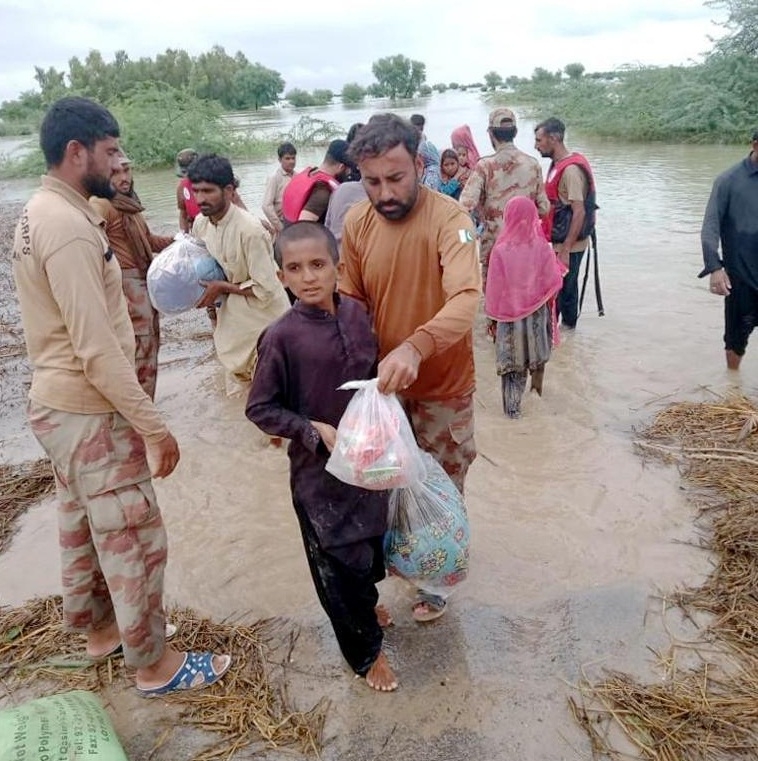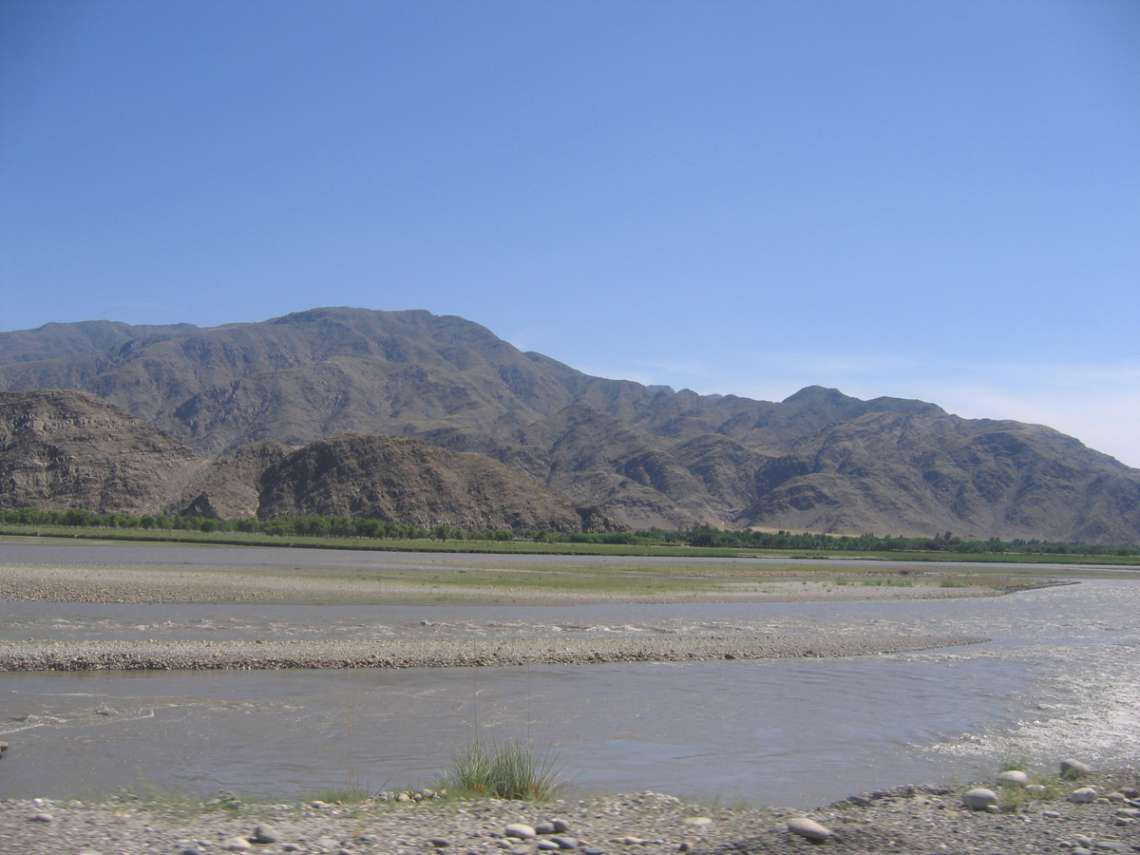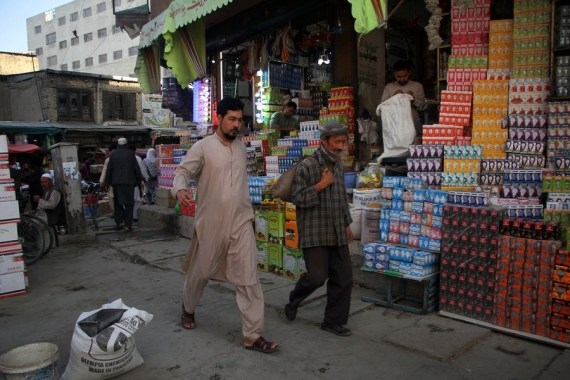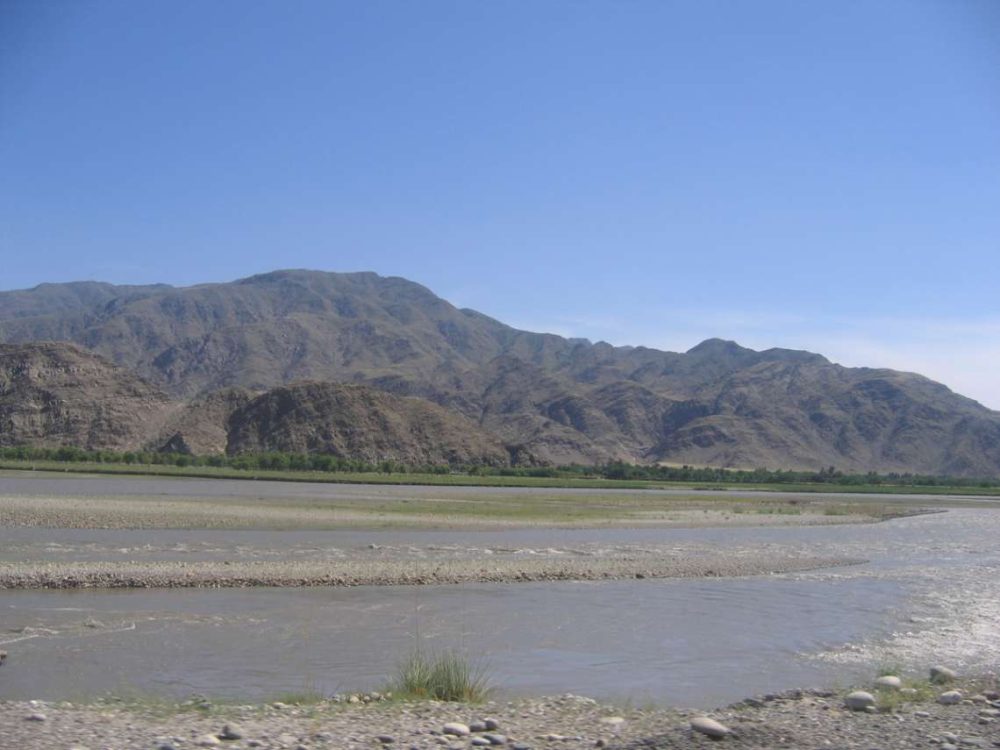Pakistan’s floods kill over 1,000, hit agriculture and supply chains; economy shows resilience amid devastation, while Karachi experiences minor earthquake, raising fears in already-stricken areas.
Pakistan continues to grapple with one of the deadliest flood crises in recent history, as torrential rains and flash floods have claimed over 1,000 lives nationwide. According to the National Disaster Management Authority (NDMA), the death toll has risen to 1,006, including 275 children, 163 women, and 568 men, as rescue teams race to reach stranded communities and assess the scale of destruction.
The province of Khyber Pakhtunkhwa has borne the brunt of the disaster, reporting 504 fatalities, including 90 children, 338 men, and 76 women. Punjab has recorded 304 deaths, Sindh 80, Gilgit-Baltistan 41, Pakistan-occupied Jammu and Kashmir 38, and Balochistan 30. Authorities have been engaged in large-scale rescue and relief operations, often battling swollen rivers, landslides, and damaged infrastructure.
The floods are expected to have far-reaching effects on Pakistan’s economy. The Ministry of Finance, in its Monthly Economic Update and Outlook for September 2025, cautioned that the agriculture sector is particularly vulnerable to the ongoing rains. “Due to ongoing floods in 2025, the agriculture sector is expected to suffer,” the ministry said. “Flood-related disruptions may exert pressure on food supply chains, leading to an uptick in prices. Inflation is expected to rise temporarily but remain contained within the 3.5–4.5 per cent range in September 2025.”
Despite these challenges, the finance ministry expressed cautious optimism, highlighting early signs of recovery in industrial activity. Large-scale manufacturing, cement dispatches, automobile production, and allied industries have shown encouraging trends, indicating strengthening momentum in the months ahead. The external sector is also expected to remain stable, with manageable current account deficits and strong support from remittances. Exports have begun to recover, and declining global commodity prices are likely to ease import bills.
“Pakistan’s economy has maintained its trajectory of stabilisation and growth during the first two months of the current fiscal year, with moderating inflation, strengthening manufacturing, and contained fiscal imbalances, despite floods since July 2025,” the report added.
The disaster comes alongside seismic activity in the country. On Wednesday morning, a magnitude 3.2 earthquake was recorded in Karachi, seven kilometres northwest of Malir, at a depth of 10 km, according to the Pakistan Meteorological Department (PMD). This follows a magnitude 4.5 earthquake that struck Pakistan on September 16 at a depth of 60 km, as reported by the National Centre for Seismology (NCS). While no casualties have been reported from the recent tremor, the incidents have added to public anxiety in flood-affected areas.
Authorities continue to warn residents about the ongoing risk of flooding and landslides, urging vigilance and caution. Supply chain disruptions caused by submerged roads and damaged infrastructure could temporarily push up prices, even as economic activity shows signs of resilience. Relief efforts are focusing on providing food, shelter, and medical assistance to affected communities, but officials admit that large parts of rural Pakistan remain difficult to access due to inundated roads and broken bridges.
As Pakistan confronts simultaneous natural calamities, the country faces a challenging balance between immediate humanitarian needs and long-term economic recovery. Analysts stress that coordinated relief operations, timely financial support to farmers, and efficient restoration of infrastructure will be critical to prevent further social and economic fallout.













